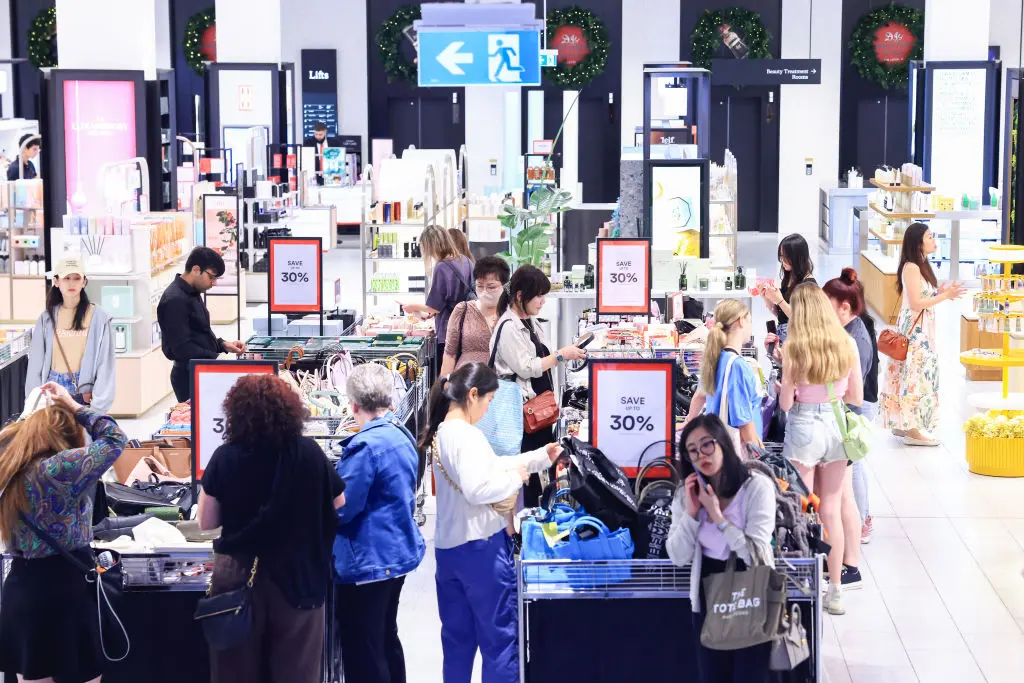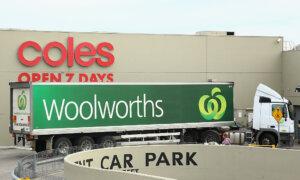Australia’s inflation has dropped again in the three months to December 2023 as price growth for most goods and services moderated.
The figure marks the fourth consecutive drop in the inflation rate and is well below the peak of 7.8 percent in the December 2022 quarter.
Potential Implications of December Inflation Data
With the latest inflation data, some economists believe the Reserve Bank of Australia (RBA) will keep the interest rate unchanged in February.Catherine Birch, a senior economist at ANZ Bank, said the headline inflation rate (4.1 percent) and trimmed mean inflation rate (4.2 percent) were below the RBA’s forecast of 4.5 percent for each.
“Other data showing softening activity and price growth also support the case for a hold in February and, ultimately, lower interest rates this year,” she said.
“Our base case remains that the cash rate has peaked at 4.35 percent, but that cuts won’t begin until late this year.”
Goods and Services Inflation Dropped Significantly
Goods inflation decreased from 4.9 percent to 3.8 percent, while services inflation fell from 5.8 percent to 4.6 percent during the period.Housing (up 1 percent), alcohol and tobacco (up 2.8 percent), insurance and financial services (up 1.7 per cent), and food and non-alcoholic beverages (up 0.5 percent) were the main contributors to inflation in the past three months.
The rise in the housing category was driven by price growth in new dwellings purchased by owner-occupiers (up 1.5 percent), rents (up 0.9 percent), and utilities (up 0.6 percent).
The ABS also said the slight rent increase was due to the federal government’s changes to the Commonwealth Rent Assistance program. Without it, rent would have climbed to 2.2 percent in the previous quarter.
Similarly, without the Energy Bill Relief rebates, electricity prices would have increased 17.6 percent in the past year instead of the 6.9 percent recorded by the ABS.
Meanwhile, insurance premiums for motor vehicles, houses, and home contents surged by 16.2 percent in the 12 months, the most significant increase since March 2001.
While food and non-alcoholic beverage prices still rose in the December quarter, they reported the smallest growth since September 2021.
“The rise was driven by meals out and takeaway foods (up 0.9 percent), food products not elsewhere classified (up 1.9 percent), and bread and cereal products (up 1.9 percent),” the ABS said.







